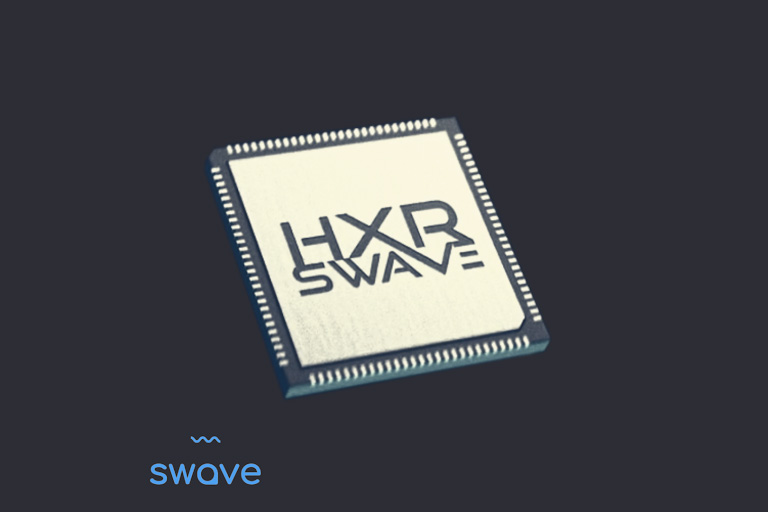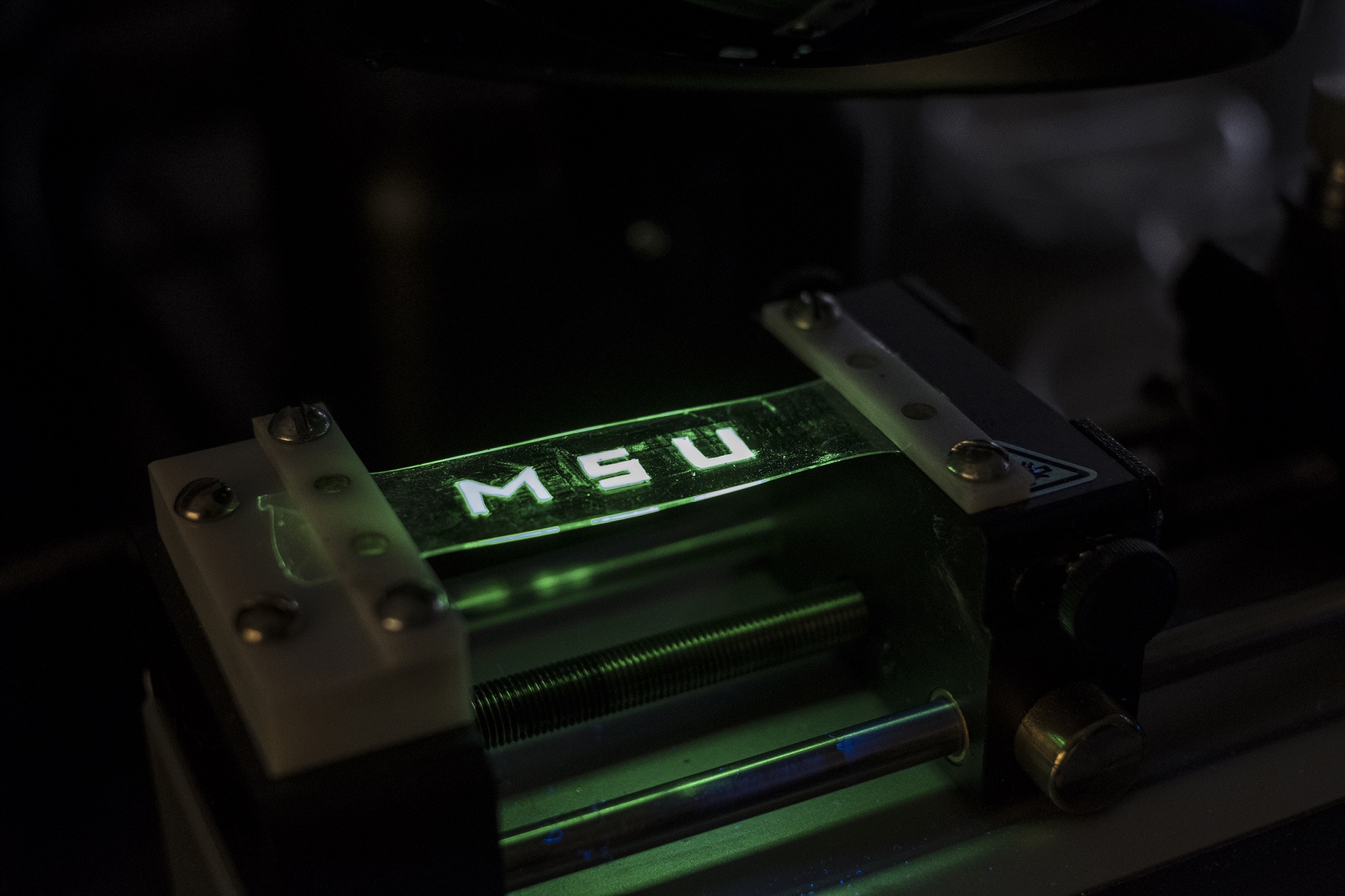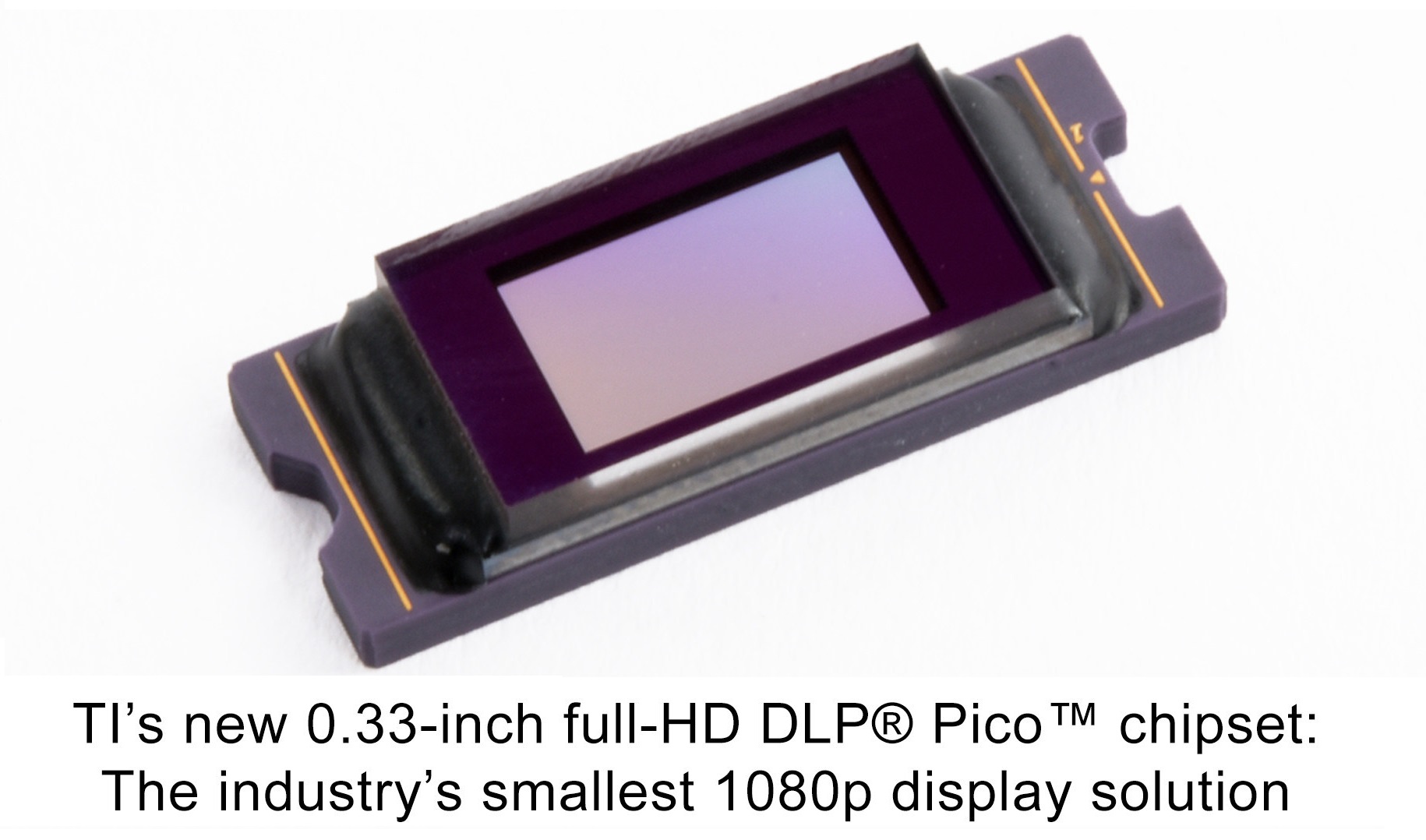LEUVEN, Belgium & SILICON VALLEY — April 25, 2024 — Swave Photonics, the true holographic display company, today announced its development of the world’s first 3D holographic display technology for compact extended reality (XR) form factors like smart glasses. Swave’s Holographic eXtended Reality (HXR) establishes a new kind of advanced display technology, producing the world’s smallest pixel with a pixel pitch of less than 300nm — small enough to steer light and sculpt high-resolution images. The chip-based technology will enable AI-powered spatial computing with a reality-first user experience, where digital elements complement, learn from, and interact with the physical world.
The first application for the HXR display technology will be low-cost, light weight, AR smart glasses with all-day battery life.
Using proven non-volatile Phase Change Material (PCM) as a “pixel” on a standard CMOS semiconductor process, Swave’s HXR technology achieves true 3D holography up to 64 gigapixels. The resulting images are realistic and accurately portray an image’s depth in comparison to its surroundings, providing a natural and immersive viewing experience. The chipset is designed to meet all the AR design goals — including size, weight, field of view, and brightness — for next generation glasses, headsets and other form factors.
The company is currently taking orders for HXR development kits for device manufacturers, which will reach customers in the second half of 2024. The development kit provides the hardware and software for companies to design, prototype and test new XR hardware and form factors with the chipset.
The World’s First “True” Dynamic Holographic Display Chips
Swave’s proprietary technology is able to sculpt lightwaves into natural, high-resolution 3D images, achieving true holography through light diffraction and interference. This allows the human brain and eyes to visually process the image naturally without waveguides, varifocal lenses or stereoscopy. The display technology solves the common industry issue of vergence-accommodation conflict, where stereoscopic images distort the relationship between vergence and accommodation reflexes, causing headaches, nausea and fatigue.
“The principles of holography were invented more than 75 years ago, but it has been impossible to realize the full potential of this technology so far,” said Gordon Wetzstein, associate professor at Stanford University. “Swave’s technology is the breakthrough this area has been waiting for. The holographic displays developed by Swave will have a transformative impact on information displays for smart glasses and beyond.”
Holographic eXtended Reality Chip and XR Form Factors
Swave’s HXR chip is the first spatial light modulator specifically designed for digital holography and AI-powered spatial computing. The small, lightweight chip will enable compact form factors for everyday use, and will be compatible with an eyeglass prescription. Together, the chip and XR hardware will work seamlessly with AI services like image recognition, visual search, navigation and translation.
By utilizing low-cost CMOS chip technology and efficient system architecture for manufacturing, Swave will provide a cost-effective, scalable, and swift path to commercialization. Swave’s chip manufacturing process uses established semiconductor technology trusted in many everyday technologies, and limits power consumption to avoid constant recharging.
“Today’s spatial computing experiences isolate the user and create mostly digital or unrealistic experiences, let alone an uncomfortable fit or look,” said Swave CEO Mike Noonen. “Swave focuses on reality-first XR where the user sees, for example, 90% reality and 10% augmented images. And by using such a small chipset that delivers a high performance display, our technology obviates the need for bulky headsets or overly conspicuous glasses.”
“By combining material science, semiconductor engineering, and algorithmic expertise, Swave delivers holographic solutions enabling a future where everyone has the power to visualize the world in a new way, and accomplish more. Our goal is to make spatial computing more than just a novelty, but a reality,” continued Noonen.
Swave’s technology has the ability to expand beyond smartglasses, including heads-up automotive displays, and eventually, an immersive holographic display experience without glasses or goggles.
Swave Company History
Swave was founded in 2022 by Dr. Theo Marescaux, current Chief Product Officer, and Dr. Dmitri Choutov, current Chief Operating Officer, and holds 12 impactful patent families. The company spun out of Belgium-based imec after over 10 years of advanced development. Based in Leuven, Belgium and Silicon Valley, the Swave team has decades of experience in chip manufacturing, chip development and cutting-edge display technology.
Swave has raised $11 million in seed funding from investors including imec.xpand, Flanders Future Tech Fund, QBIC, Acequia Capital, and Luminate NY, and $5 million in non-dilutive grants to date. CEO Mike Noonen joined the Swave team in November 2022, bringing over 30 years of experience and expertise in semiconductor manufacturing and development to the Swave team. Beyond the C-suite, Swave’s seasoned team has experience from leading companies including Meta, Qualcomm, VividQ, imec, and Texas Instruments.
“From Pepper’s Ghost to smoke and mirrors, the idea of holography has historically captivated audiences all over the globe,” said Theo Marescaux, co-founder and chief product officer at Swave. “These effects only mimic what we are able to achieve through our technological advancement. By creating a chip that achieves true holography, this phenomenon will go beyond illusion and depiction in fiction films, and become a reality for everyday users.”
About Swave:
Swave, the true holographic display company, develops chipsets to deliver reality-first spatial computing powered by AI. The company’s Holographic eXtended Reality (HXR) display technology is the first to achieve true holography by sculpting lightwaves into natural, high-resolution images. The proprietary technology will allow for compact form factors with a natural viewing experience. Founded in 2022, the company spun-out from imec and utilizes CMOS chip technology for manufacturing for a cost-effective, scalable, and swift path to commercialization. For more information, visit https://swave.io/















